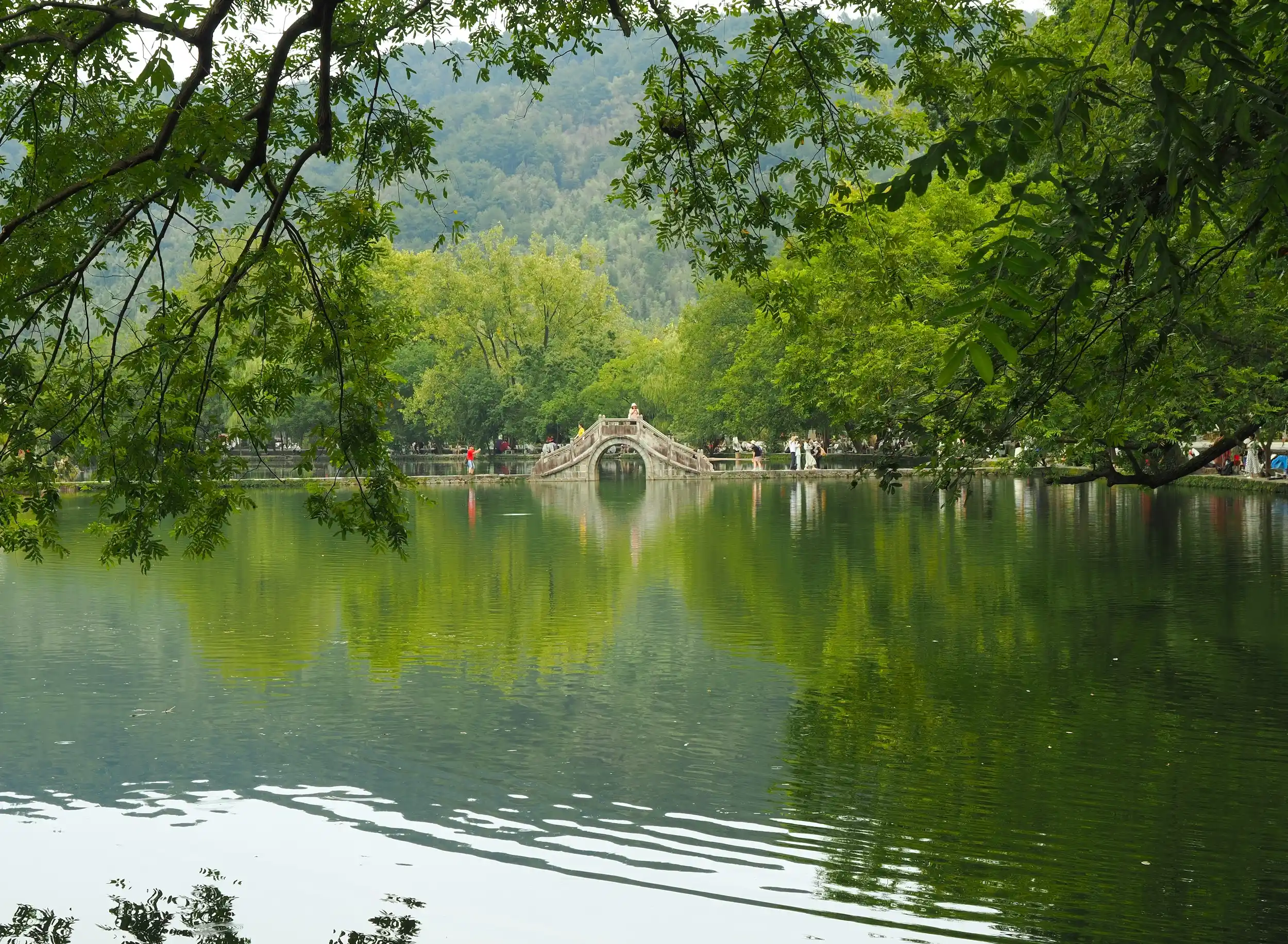
Located in Anhui province (安徽), eastern China, the ancient village of Hongcun (宏村) represents one of the country’s best-preserved cultural treasures. This settlement, with more than 900 years of history and declared a UNESCO World Heritage Site in 2000, offers visitors an authentic immersion in traditional China, far from the hustle and bustle of large metropolises.
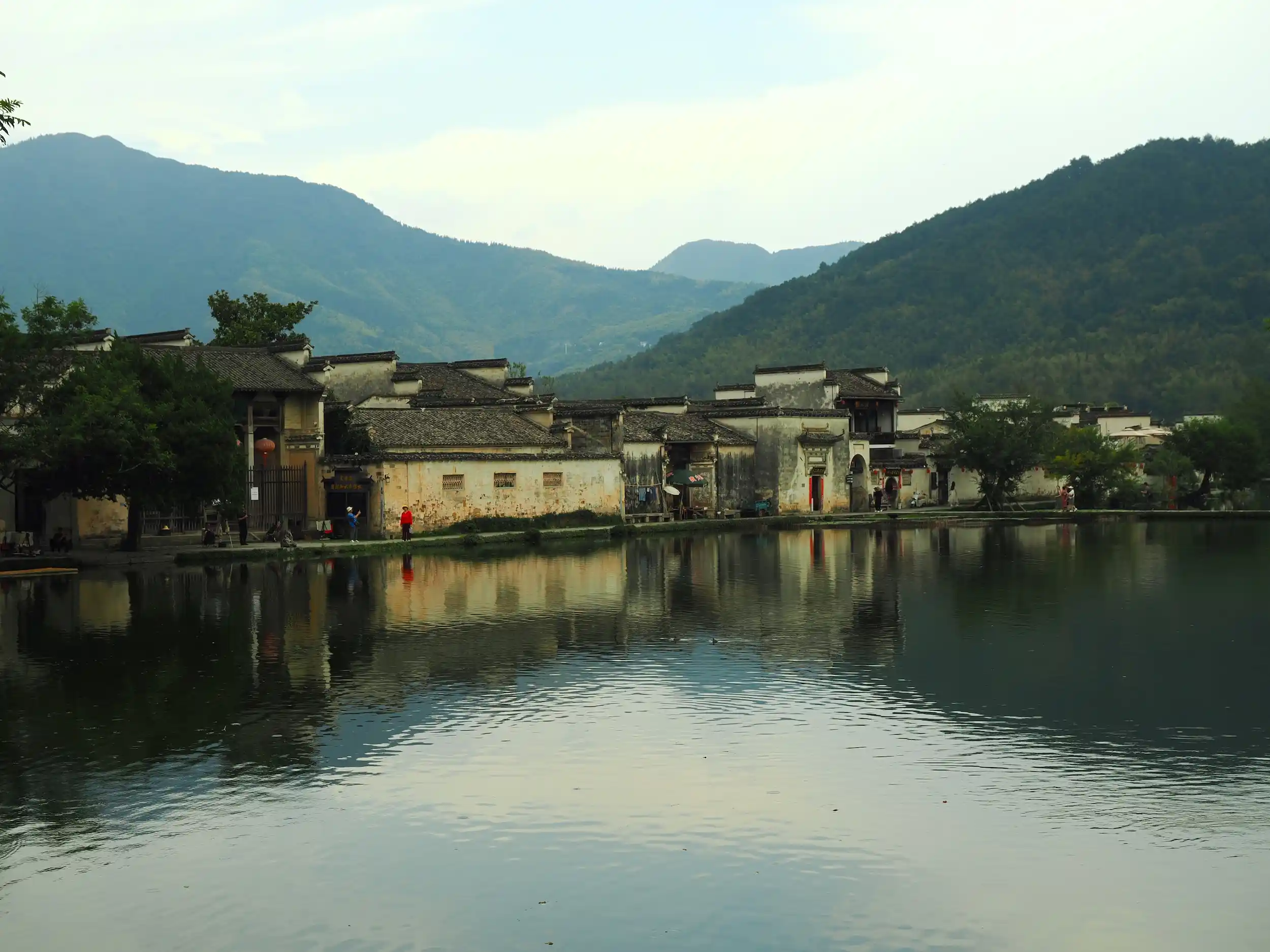
A unique buffalo-shaped architecture
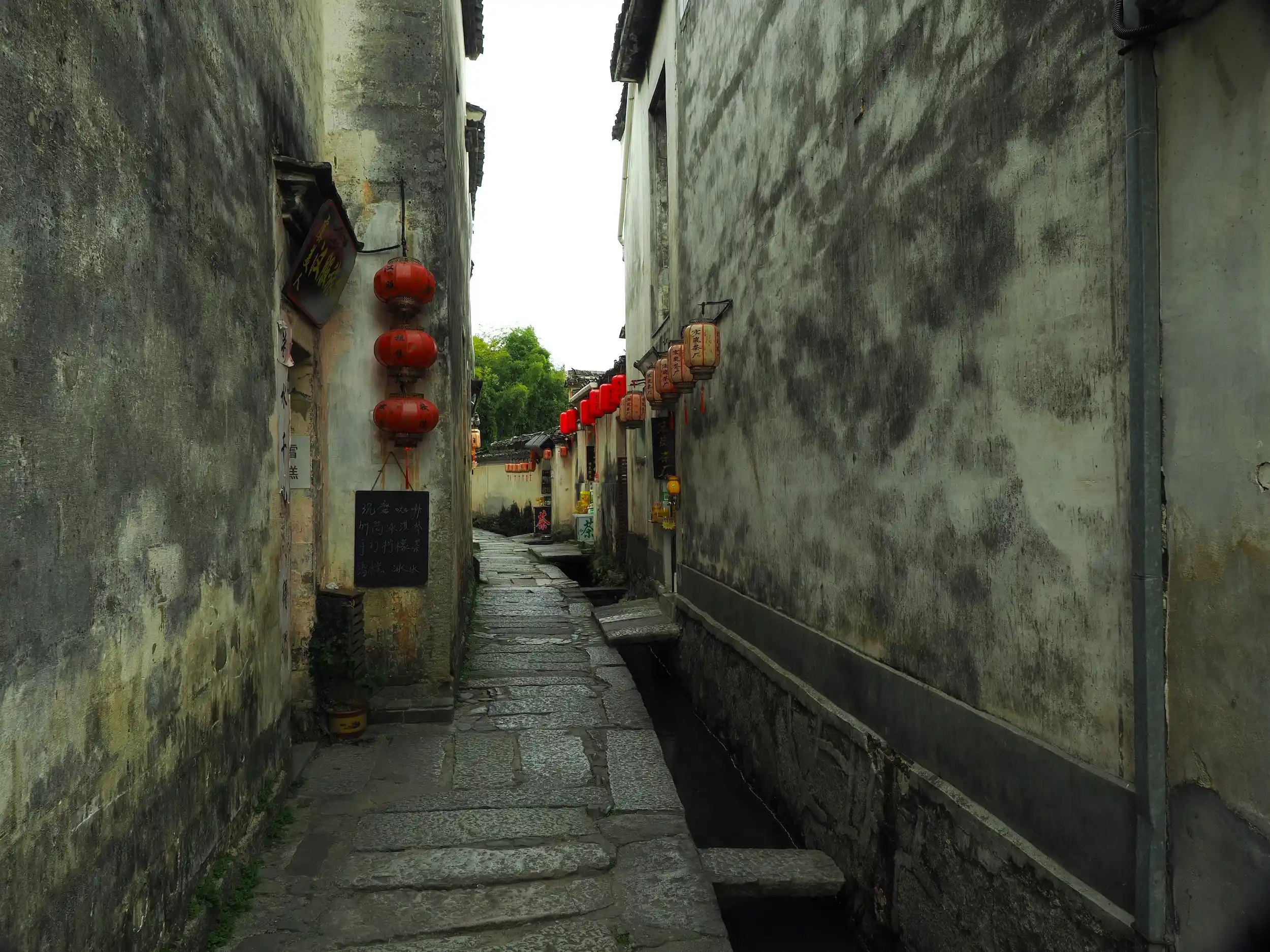
What makes Hongcun special is its peculiar urban design inspired by the shape of a buffalo. This layout is not coincidental: the ancient inhabitants planned the village following the principles of feng shui (风水), creating a canal system that runs through all streets and homes. Leigang Hill represents the animal’s head, while two large trees simulate its horns. The village houses form the body, and the water channels flowing throughout the settlement act as its circulatory system, flowing into the beautiful Moon Pond (月沼), which symbolizes the buffalo’s stomach.
Must-see architectural jewels
Among the most outstanding buildings is the Chengzhi Academy (承志学堂), an ancient educational center where local young people studied for imperial examinations. Equally impressive is Chengzhitang Memorial Hall (承志堂), a manor house built during the Qing dynasty that showcases the mastery of traditional Chinese carpentry and carving with its elaborate woodwork.
Another must-visit is the Wang family residence (汪氏宅第), a complex of 60 rooms distributed across three courtyards that reflects the opulence of salt merchants who prospered in this region. The delicate stone carvings, wooden lattices, and interior courtyards showcase the refinement of Hui architecture (徽派建筑), the characteristic style of this region.
A movie setting
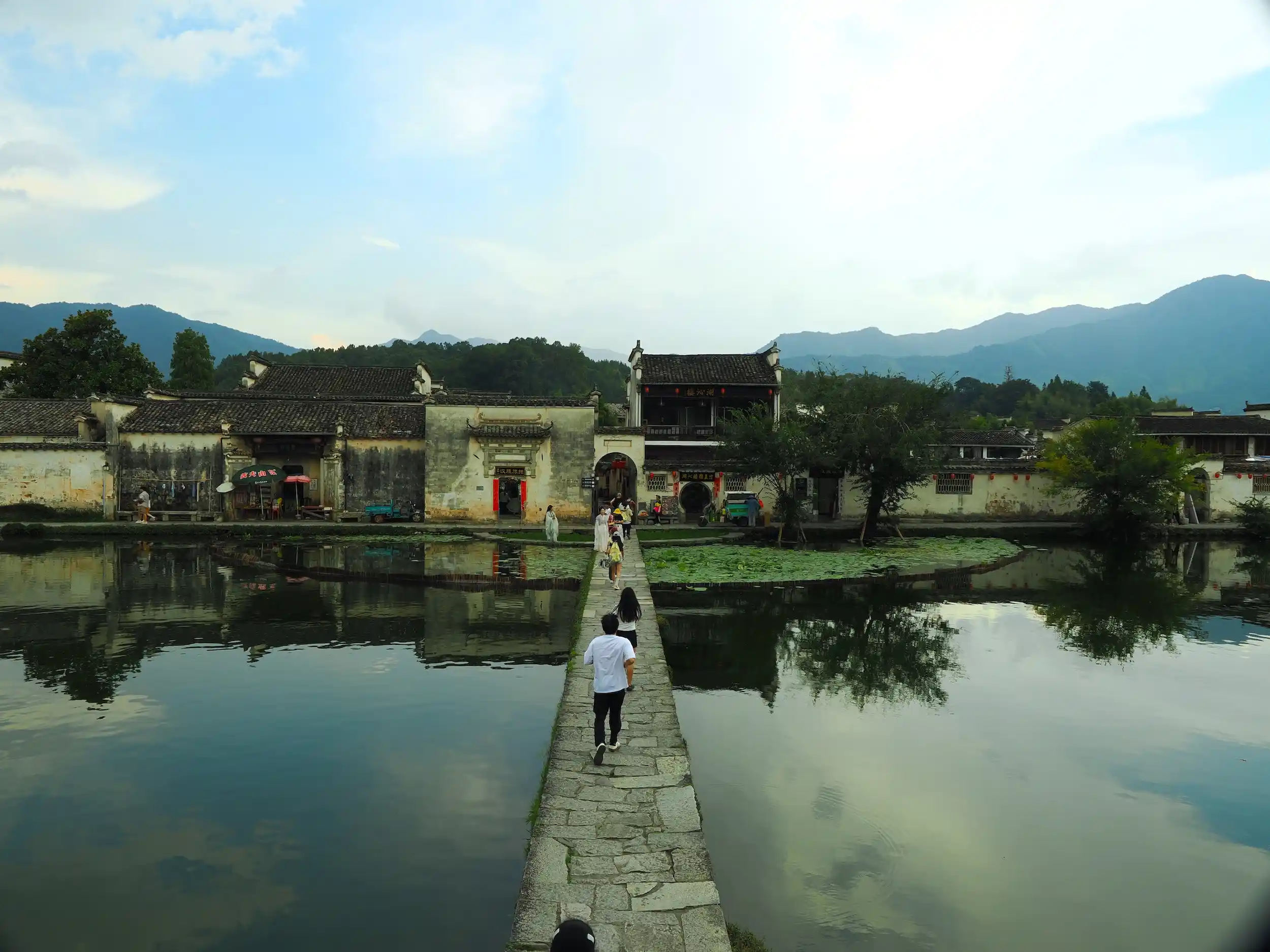
Film enthusiasts will recognize this village as the setting for acclaimed director Ang Lee’s “Crouching Tiger, Hidden Dragon,” where several memorable scenes were filmed by the Moon Pond. This international recognition has contributed to the village’s popularity, although it still maintains its authenticity and traditional charm.
Authentic local experiences
For a complete experience, we recommend trying some typical dishes from the Anhui region. Hui cuisine (徽菜), one of China’s eight great culinary traditions, is known for its stewing techniques and the use of wild products. Don’t miss trying the local smoked ham (徽州火腿), chestnut stewed chicken (栗子炖鸡), or the delicious Hui noodles (徽州面) in one of the family restaurants in the village.
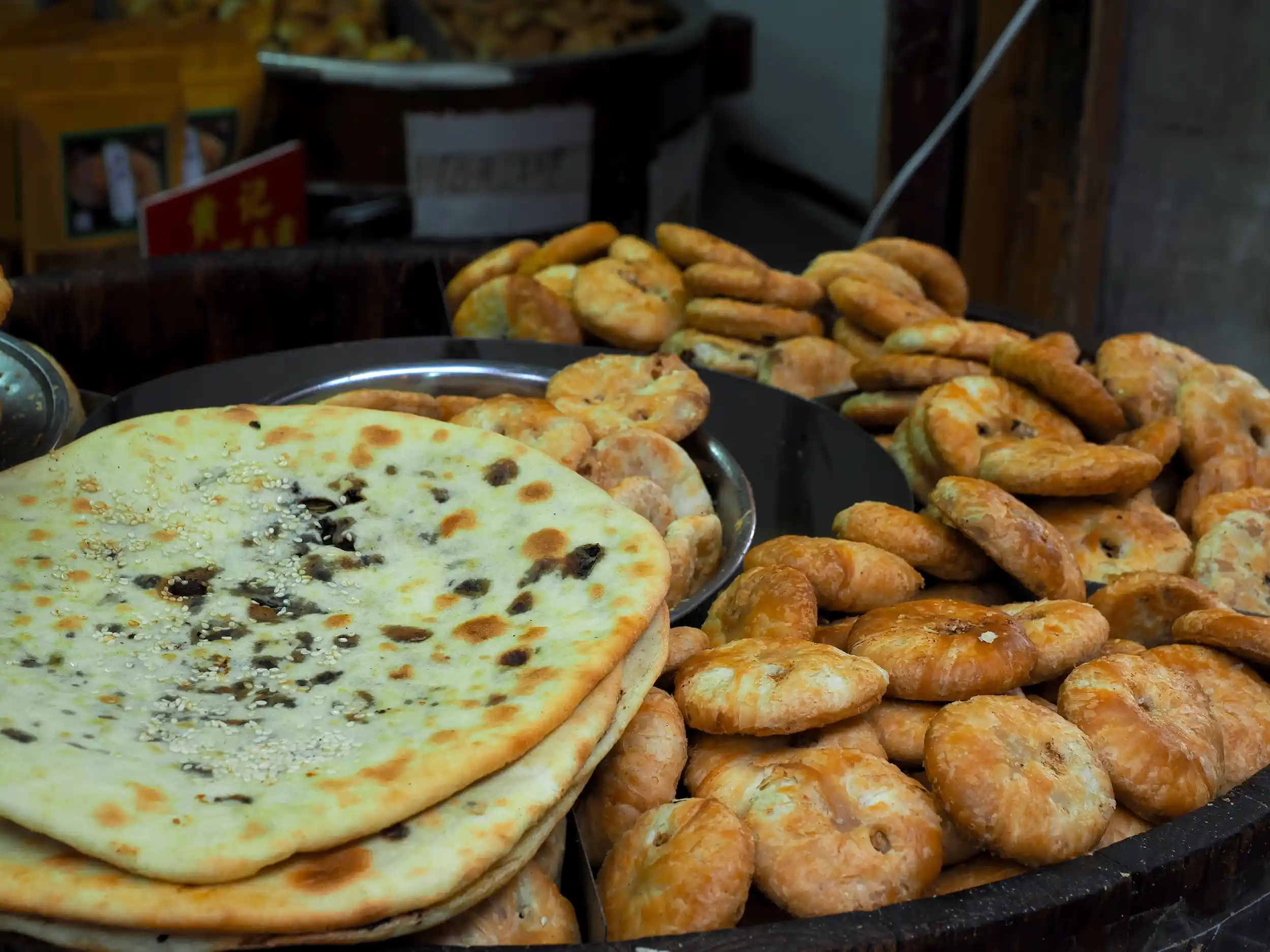
For craft enthusiasts, local workshops offer demonstrations of Chinese calligraphy (书法) and ink carving (徽墨), products for which the region is famous. These items make excellent souvenirs to take home.
Best time to visit
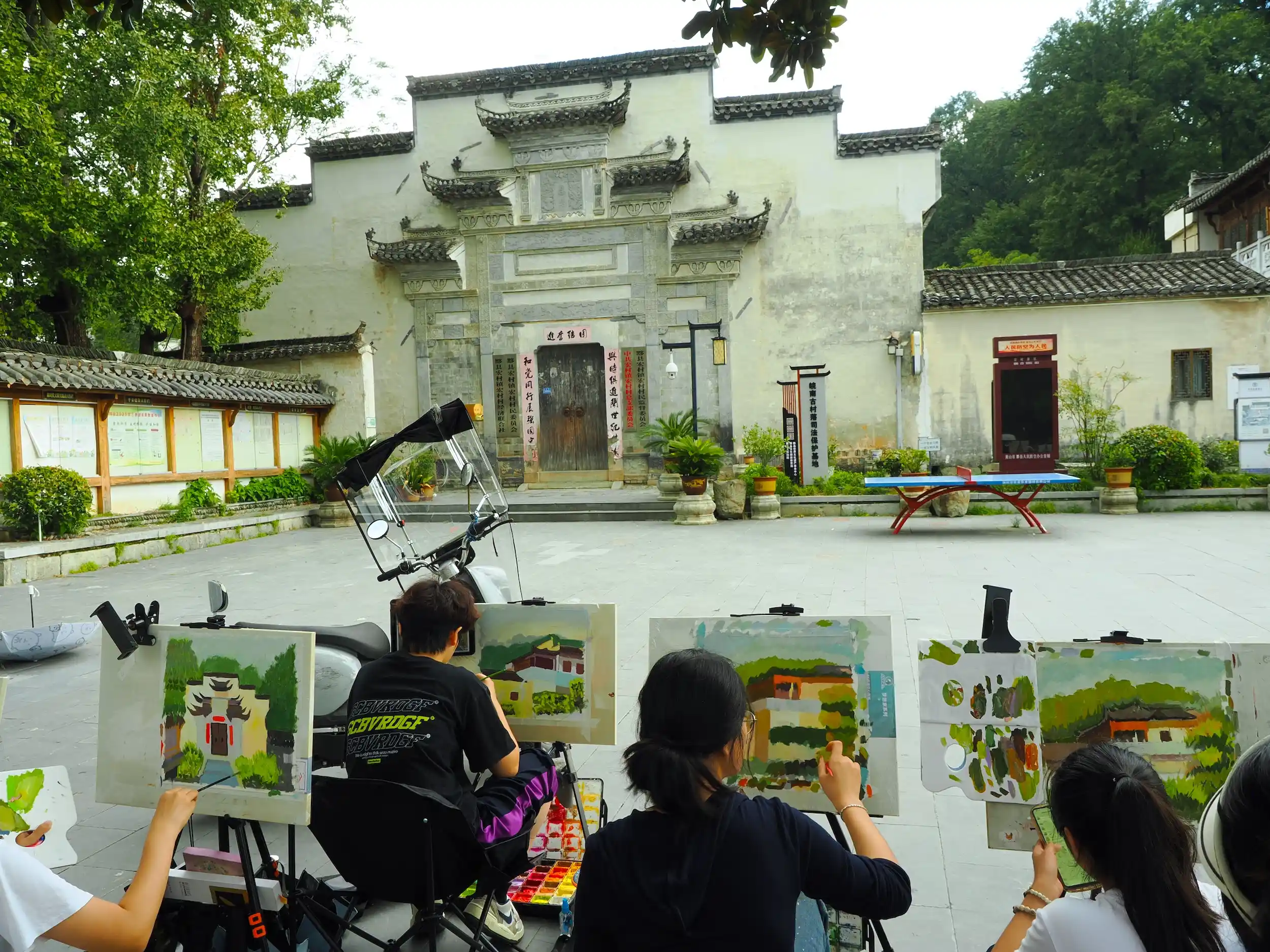
Spring and autumn are the ideal times to visit Hongcun. In spring, blooming rapeseed fields create a beautiful contrast with the white-walled houses. Autumn, meanwhile, tinges the surrounding forests with gold and red, creating a postcard-worthy scene when morning fog envelops the village.
During winter, if you’re lucky enough to witness snowfall, the village takes on an almost magical appearance with snow-covered roofs, although temperatures can be quite cold.
How to get there and practical tips
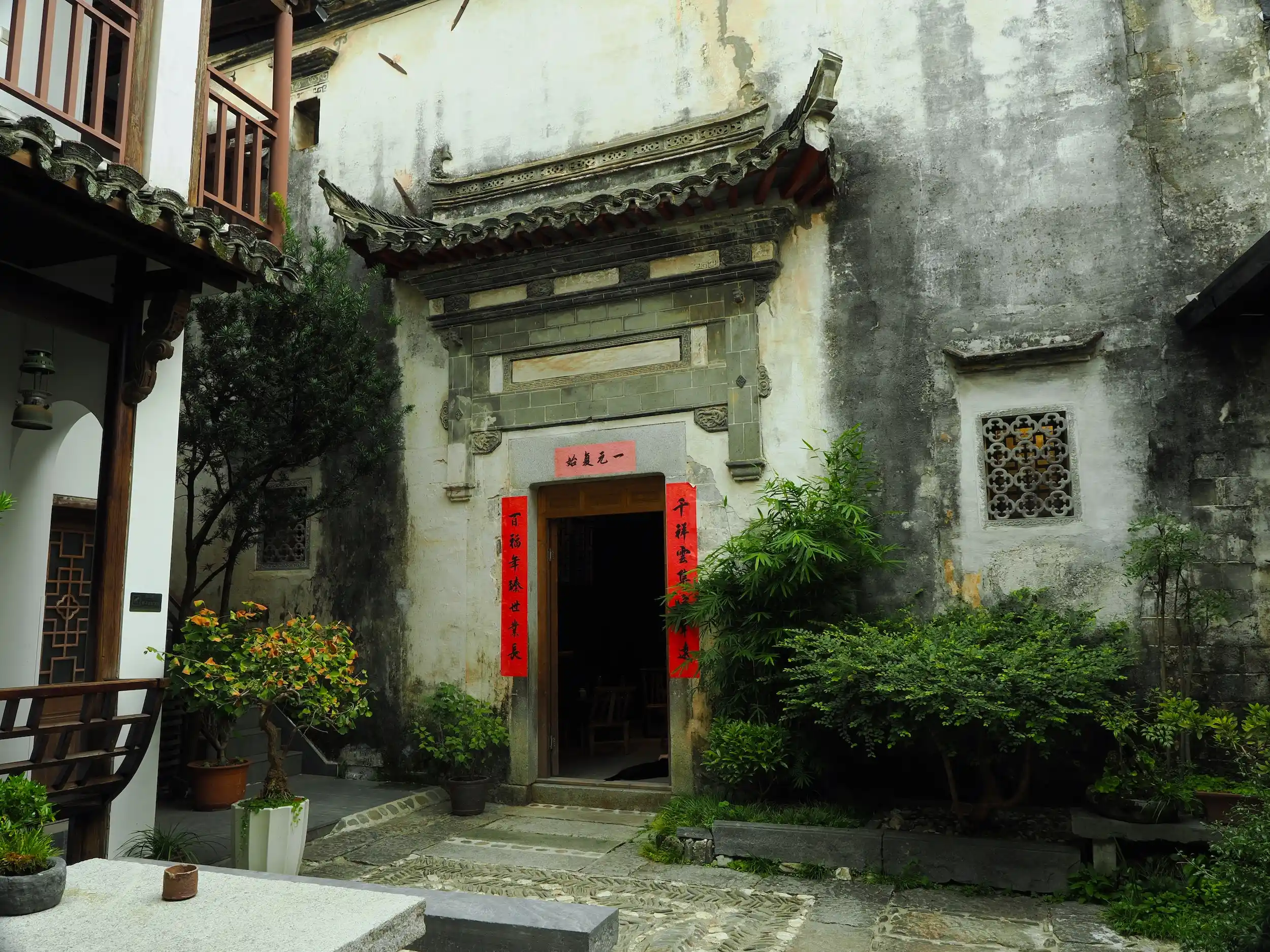
The easiest way to reach Hongcun is from Huangshan city (黄山市), which has an airport and high-speed train station. From there, you can take a direct bus that takes approximately one hour to reach the village. It is also possible to combine the visit with the famous Yellow Mountain (黄山), another natural wonder in the area located about 70 kilometers away.
Do you want to visit the Hongcun? Contact us and the Asiahop team will prepare a custom trip for you to travel through China your way. Get your complete travel plan with flights, trains, and hotels to experience the authentic China with us.